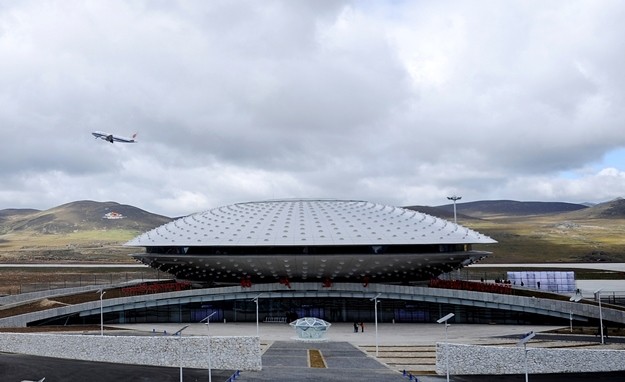China will no longer build airports higher than 4,411 meters above sea level in the next two years as a safety precaution while it is still planning to work out the technology standards for that type of airport, the Beijing Times reported.
Li Jian, deputy head of the Civil Aviation Administration of China (CAAC), said on April 23, Thursday, that airports in super-high plateau or those located no less than 2,438 meters above sea level require stricter safety measures than those situated in low altitude.
Li said that since there are no international technology standards set for super-high plateau airports yet, and it will take two to three years before the country can formulate its own set of standards. Without it, they will not approve any plans for building such airports, he added.
Out of the 42 super-high plateau airports in the world, 15 are located in China, which account for about 36 percent of the world's total number, the Civil Aviation Administration said.
Nearly 5.8 million passengers and 59,000 flights were served by the country's high plateau airports in 2014, one-fifth more than in 2013, the agency added.
China's four highest airports are also among the top airports of the world, with three in Southwest China's Tibet Autonomous Region and one in Sichuan Province.
Daocheng Yading Airport, in Sichuan, which is located at 4,411 meters above the sea level, is now the highest airport in the world, but it will soon be surpassed by Nagqu Dagring Airport in southwest China's Tibet Autonomous Region, the agency said.
The airport is now under construction and will become the highest at 4,436 meters when operations begin later this year. Although it is higher than 4,411 meters above sea level, it was not covered by the new regulation since its construction began before the rule was issued.



























